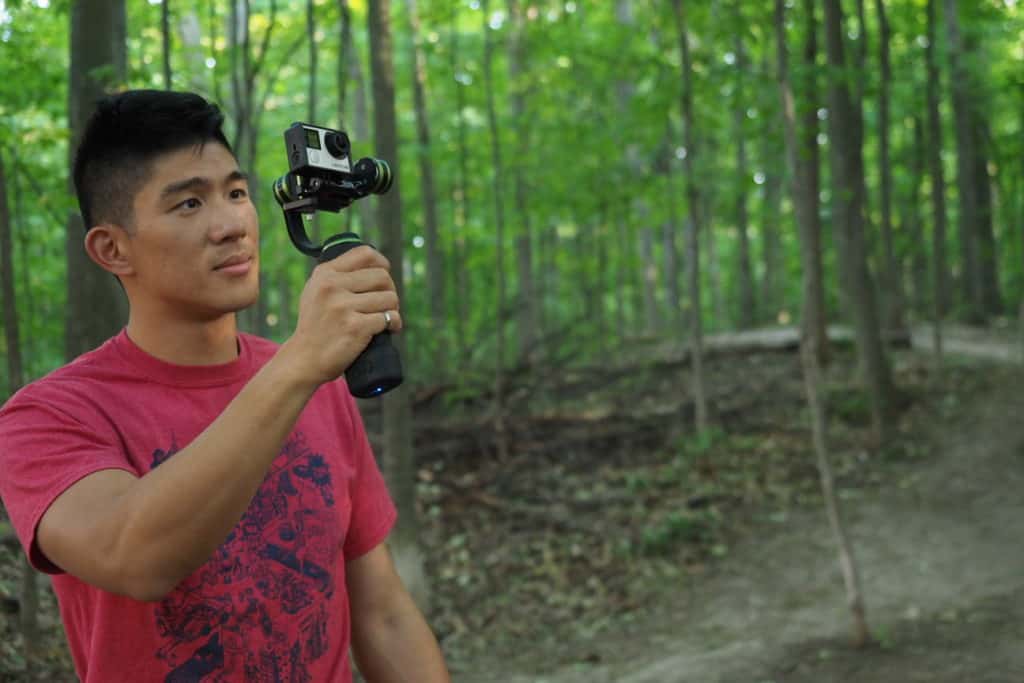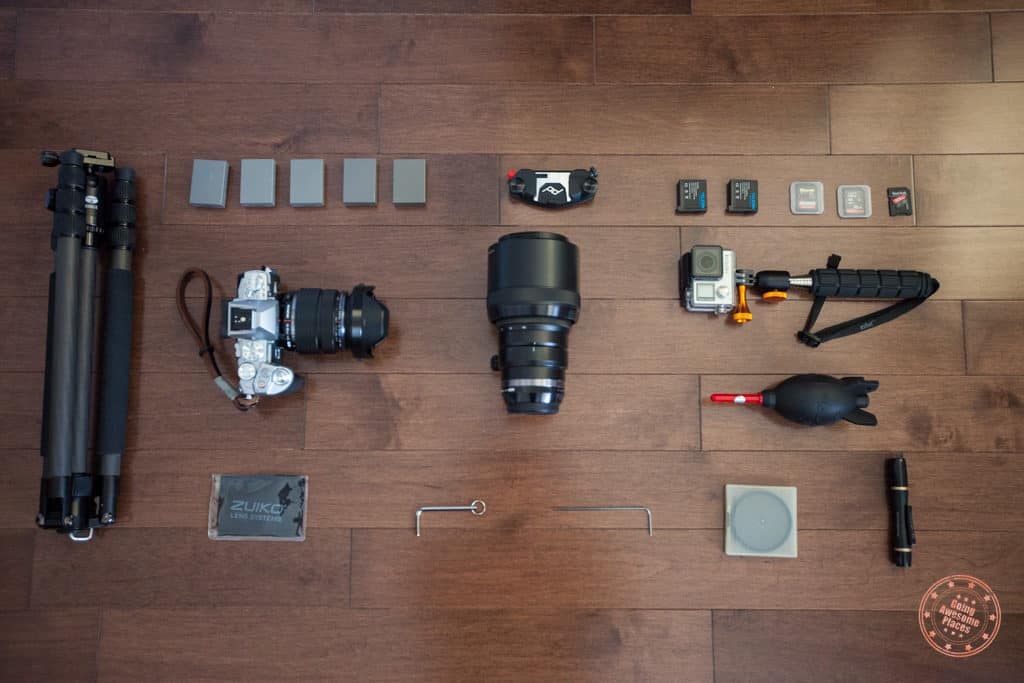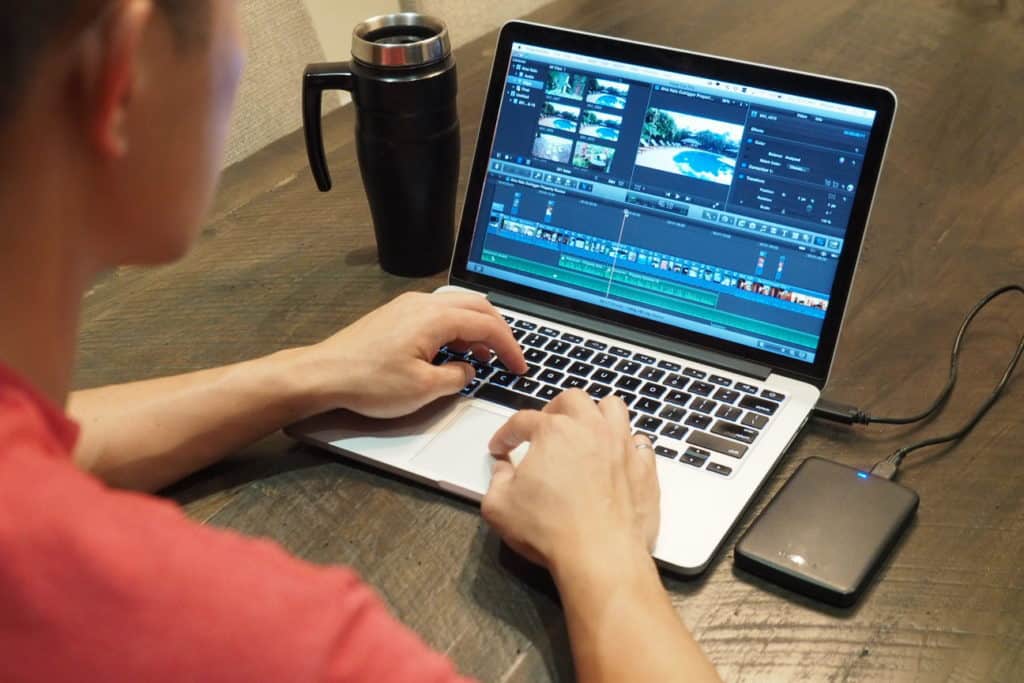There are just a lot of experiences and moments that can’t be captured with a static photo. That’s probably most evident from my recent trip to Ethiopia and the clanking of bells, harmony of celebration, rhythmic stomping of feet, and cracking of the whip at the Bull Jumping Ceremony I witnessed. When sharing that story, I knew that photos just wouldn’t do it justice and so I let my GoPro run the entire time. Travel videos have the ability to reel your audience in a way that photography just isn’t able to do.
With little more than your phone or a GoPro that fits on the palm of your hand, you can record all of those adrenaline pumping thrills or personal wow moments. There’s a little bit of a learning curve and dedication required to the art of video, but with these ten tips you’ll be well on your way to making your own travel videos that you can relive and inspire others to follow in your footsteps.
Read more about photography and videography
- Best Winter Photography Locations in the Magdalen Islands
- Review of the Best Travel Tripod by Peak Design
- Must-Have Winter Gloves For Photographers
- How to Photograph in HDR
- Kammok Swiftlet Review
- Our Best Photography and Videography Reviews
How to find the best travel deals?
- Hottest deals – Bookmark the frequently updated travel deals page.
- Car rentals – Save the most money through car rental coupon codes.
- Hotels – Use corporate codes or get Genius 2 tier with Booking.
- Flights – Have you ever heard of the “Everywhere” feature?
- Insurance – Make sure you’re covered for all of your adventure activities with the best travel insurance.
In This Article
1 – Plan

While I am more of a shoot first, think later kind of traveller, there are absolutely merits to putting your thinking cap on before you head out on your trip. The main purpose of planning is focus. While you don’t have to go down to the level of building a storyboard, what you want to do is get an idea of the type of video you want to shoot. Once you have that, you’ll know the type of shots you need (this is called a shot list) and most importantly, you’ll be able to identify the non-negotiable must-have shots that you’ll have to account for in your itinerary.
Before you head out on your trip, spend a little time doing some research as well. I call this competitive analysis.
2 – Tell A Story
A good travel video has a beginning, middle, and an end. Sure, seeing the landscape panorama of Machu Picchu may be breathtaking but it becomes so much more compelling when you learn about the journey that it took to get there, the people that got you there, and all the behind the scene surroundings that most people don’t get to see. We’re not going for any Oscars here but you want to thread a story throughout your video.
3 – Get Personal
One big thing that makes videos compelling to watch is the connection that is made between the storyteller (you) and the viewer. Along with the story that you’re looking to tell, give a reason for someone to care. One way to do this is to add your own narration along the way to tell the viewer on the other end where you are, your reaction, or why you’re doing what you’re doing.
If you plan on doing in-video narration, this may take more planning as you’ll want to make sure to stay consistent with the narration throughout the video to tell the full story. Alternatively, you can also do voiceover narrations in post-production.
4 – Bring The Right Gear

Alongside preparation, you want to make sure you have all the necessary camera gear for your trip. If GoPro is your thing, I highly recommend bringing a complement of mounts for all the different types of activities you’ll be doing. My personal favourite is the jaw clamp which I find to be the most versatile. Beyond that I usually make sure I have a head mount and a body mount.
Video tends to be very battery and memory intensive so if there’s one thing you absolutely have to bring, it’s a lot of extra memory cards, batteries, and the proper charging equipment.
As I’ve incorporated more video into my travel, I’ve also started to try out fancier gear like the Edelkrone Slider One, Rode microphone, and LanParte Gimbal (what I use to get those silky smooth stabilized shots you see here).
The bottom line is to make sure you think through all of the shots you want to get and don’t forget to pack them!
5 – Stabilize
This takes either a bit or a lot of practice. As a viewer, watching extremely shaky videos are both unwatchable and nausea-inducing. As best as you can, you want to try to keep your camera as smooth as possible. Part of this is having steady hands but the other part is to make sure you have good technique and equipment.
The best way to keep your shots stable is to make sure you hold your camera close to your body as you’re moving. If you are close to a wall, rest your arm against it to transform yourself into a tripod. If walking is involved, make sure you take light steps and keep your centre of gravity low.
If steady hands is not your thing at all, that’s where gear like the LanParte Gimbal really helps. Gimbals have the beauty of smoothening jarring motions on a camera. They can also help smoothen out horizontal and vertical panning. Alternatively, invest in a good tripod or monopod to keep your video as shake-free as possible.
6 – Motion
The big advantage of video is that movement is incorporated all the way through and this is something that you want to capitalize on. The more professionally produced video you watch, the more you realize that rarely are there ever static positioned videos. Even if the subject is still, the camera is always on the move whether through a pan or a slide to create the illusion of movement.
While it shouldn’t be all that hard to incorporate motion into your travel video, always think about how you can keep things moving with your camera.
7 – Always Film More Than You Need
The worst is coming back home to post-process only to realize that you missed a shot you needed or the shot you had was a tad too short. With digital, there really shouldn’t be any reason to get stingy with memory.
For me, the more variations of shots that you take, the more you have to work with when you’re putting it together because reshoots are practically impossible when you’re on the road.
8 – Setting the Rhythm

So much about what makes a travel video successful is the music that goes behind it and being able to cut to the pace of the rhythm. As much as motion, it’s really the music drives the heart of the video, and that gives a level of excitement and energy that makes a viewer engaged.
For me, finding the right music is often one of the hardest parts of video creation. There are numerous sites where you can find free music (i.e. BenSound and Incompetech), and others that come at a low cost such as Audio Jungle. When looking for music, the key is to find one that has the right tempo and music style that suits your story.
Once you have your music, make sure all of your cuts are to the beat. There’s no automated way to do this other than to eyeball it in your editor and re-watch over and over again until you get it right.
9 – Short and Sweet
I guarantee you that the first edit of your video that you put together will be way too long. Your job as editor is to now bring it down to a digestible and bite-sized video that your viewers will be able to watch in one sitting without getting bored. This means that you have to be brutally honest with yourself about clips that don’t add value to your story.
A general rule of thumb is to try to keep travel videos under 4 minutes.
10 – Just Go With It
My last tip? Loosen up when you’re travelling because you’re on vacation after all. Let your guard down and don’t be afraid to express yourself and be plain silly. Have fun with it and go with the flow.
What you should read next